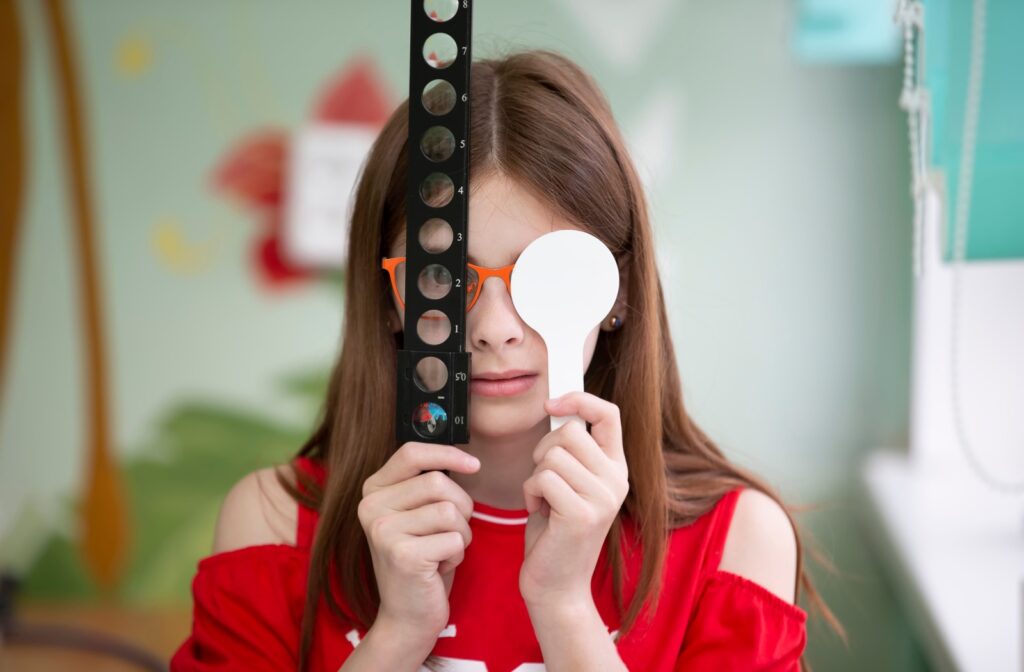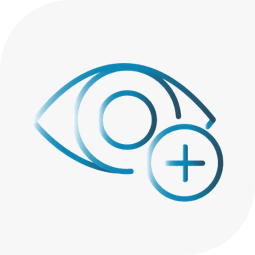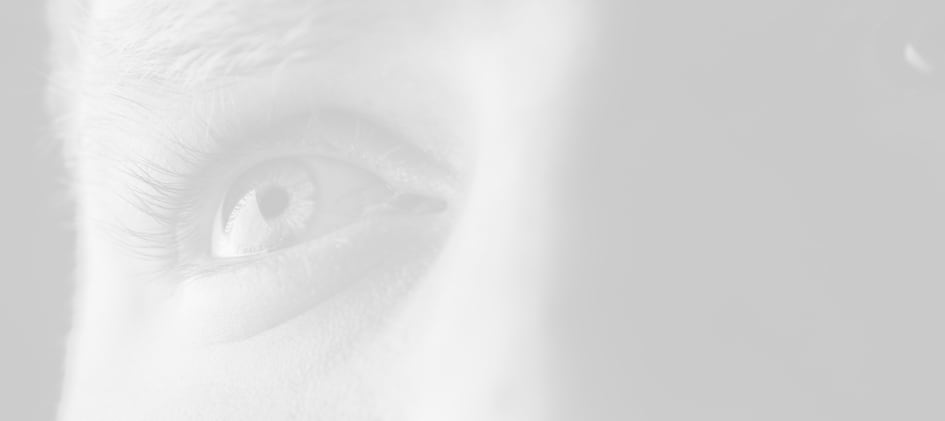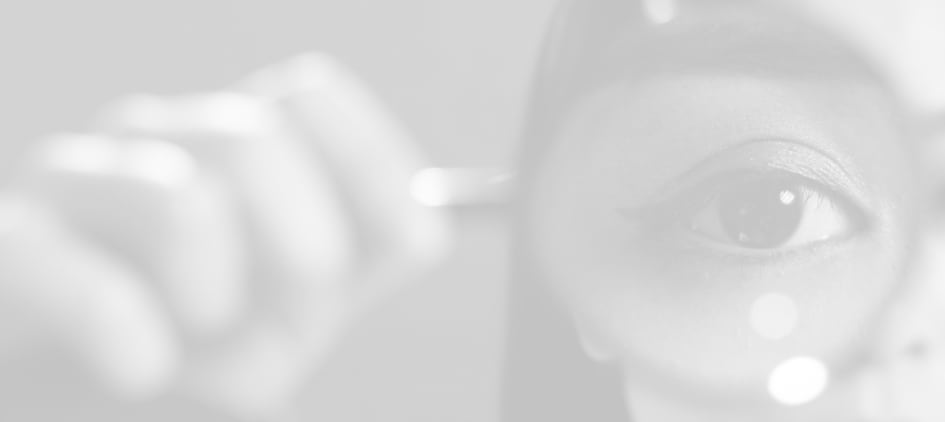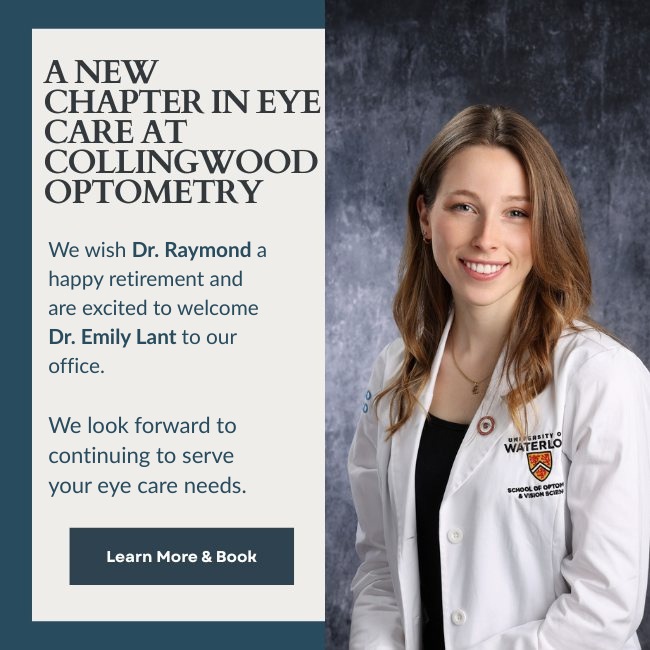Vision therapy has increasingly garnered attention in the medical and wellness communities, sparking curiosity and debate. While some people question its effectiveness, others swear by its benefits.
Vision therapy is a personalised program designed to strengthen the connection between your eyes and brain, often helping with issues like eye strain and reading difficulties, lazy eye, or trouble focusing.
It’s not necessarily about replacing glasses but improving how your visual system works as a whole. Whether it’s right for you depends on your unique needs and the expertise of your eye care provider.
What Is Vision Therapy & How Does It Work?
Vision therapy is a non-invasive treatment designed to improve various visual functions by training the eyes and brain to work more effectively together.
Unlike conventional corrective measures like glasses or surgery, vision therapy focuses on reshaping how the brain processes visual information rather than altering the physical eye structure. Here’s how it typically works:
- Assessment – The process starts with a comprehensive evaluation of your visual skills, such as eye tracking, depth perception, and focus.
- Personalized Exercises – Based on your needs, an eye care professional designs a treatment plan. These exercises can include tasks like focusing on specific objects, using prisms, or practicing hand-eye coordination techniques.
- Ongoing Monitoring – Regular follow-up sessions measure progress and make adjustments. Vision therapy often requires consistent effort, as improvements are gradual and cumulative.
These customized training sessions aim to retrain the brain’s neural pathways, creating sustained changes in visual capabilities.
Evidence Supporting Vision Therapy
Skepticism around vision therapy often stems from a lack of understanding about the science behind it. Research has, in fact, shown that vision therapy is effective for specific conditions.
For example:
- Binocular Vision Disorders: Research demonstrated that vision therapy can effectively treat convergence insufficiency, a condition where the eyes struggle to work together when focusing on nearby objects.
- Amblyopia (Lazy Eye): Research highlighted that targeted visual training combined with corrective lenses can improve outcomes for people with amblyopia.
- Visual-Motor Issues: Vision therapy has also proven effective in enhancing visual-motor integration, which is crucial for everyday tasks like reading and writing.
While it’s not a cure-all solution, these studies provide strong evidence that vision therapy can be a valuable tool for improving specific visual conditions.
Who Can Benefit From Vision Therapy?
Vision therapy isn’t limited to one age group or demographic—it’s a versatile treatment option. Here’s a breakdown of common groups who may benefit:
- Children: Kids with learning difficulties often struggle with visual processing issues. Vision therapy helps improve their ability to focus and read effectively, enhancing academic performance.
- Adults: Vision therapy can help adults suffering from vision-related challenges due to workplace demands, such as computer strain or poor depth perception.
- Post-Concussion Patients: Those recovering from traumatic brain injuries or concussions may experience visual impairments, which vision therapy can help address.
- Athletes: Enhanced eye-hand coordination and improved reaction times, achieved through vision therapy, can be game-changers for individuals in competitive sports.
How to Spot Legitimate Vision Therapy Practices
Unfortunately, like any industry, vision therapy has its share of unverified claims and practitioners. Here are tips for finding credible providers:
- Verify Credentials: Look for certified optometrists or professionals with specialization in vision therapy.
- Research Methods: A trusted practice will explain their approach and provide evidence-based techniques.
- Check Reviews: Online reviews and testimonials can give insights into the practitioner’s credibility.
Vision Therapy vs. Glasses or Surgery
Unlike corrective lenses or surgical interventions that address structural issues in the eye, vision therapy works on changing the behaviours and capabilities of the visual system. Think of it as physiotherapy—for your eyes and brain.
- Glasses/Surgery: Focus on optics and physical adjustments.
- Vision Therapy: Enhances skills like tracking, focus, and depth perception.
These treatments often work best when combined, though it depends on the condition being treated. It’s not about picking one over the other—the best solution can often involve using these different approaches together.
Why Vision Therapy Isn’t a One-Size-Fits-All Solution
One key aspect to acknowledge is that vision therapy isn’t effective for every vision issue.
Its effectiveness is highly dependent on the person’s diagnosis and the expertise of the practitioner.
That doesn’t mean it’s “fake” or a hoax—it simply means it’s not meant to treat certain vision conditions. Understanding what it’s designed to do can help set realistic expectations.
Want to Try Vision Therapy?
Vision therapy is neither a miracle cure nor a baseless hoax. Instead, it’s a targeted treatment backed by science that addresses specific visual challenges. When applied and executed correctly, it offers benefits for patients of all ages.
If you’re considering vision therapy, book an appointment with Collingwood Optometry & Cwood Eyecare. The right support could be the key to unlocking a clearer and more focused future for your eyes.


